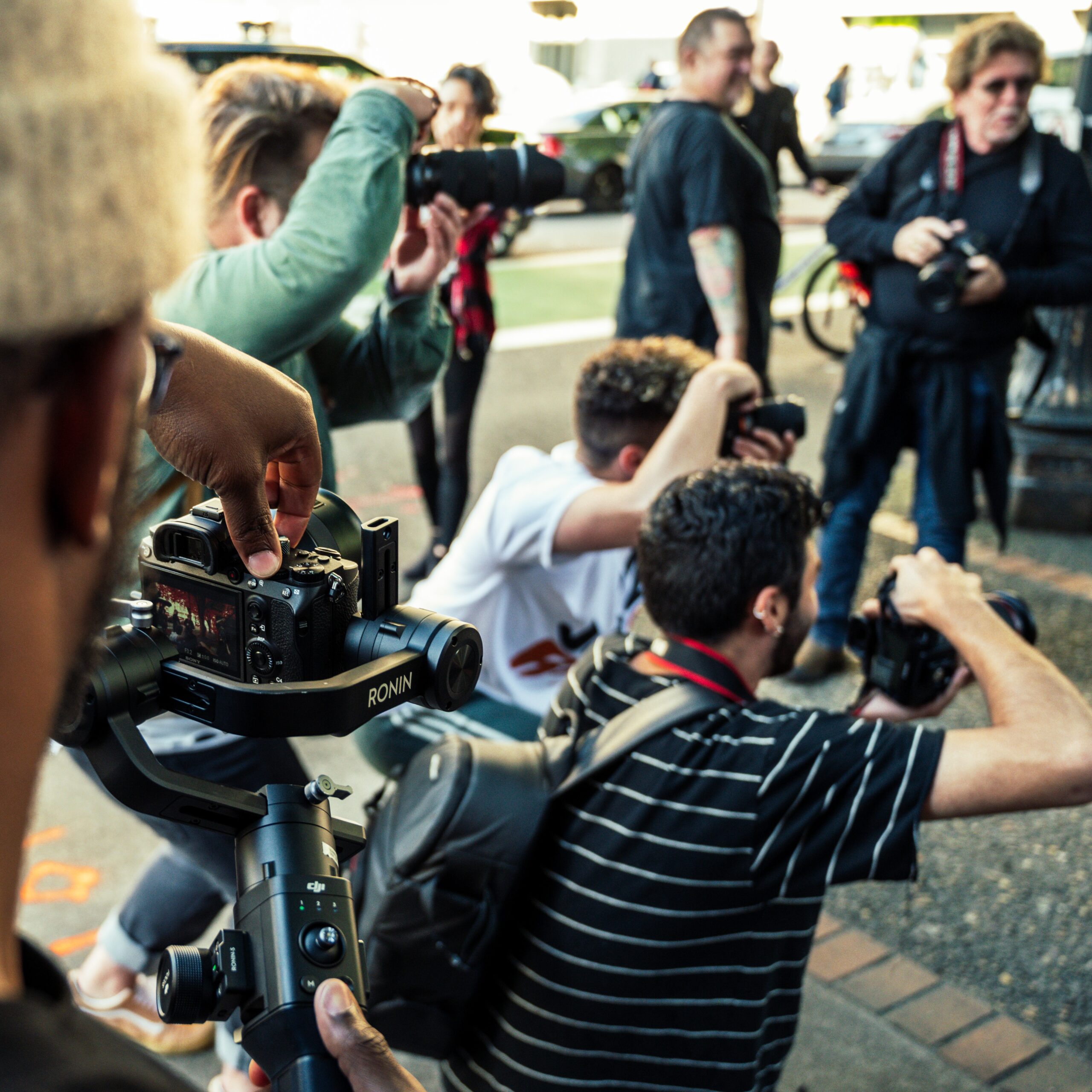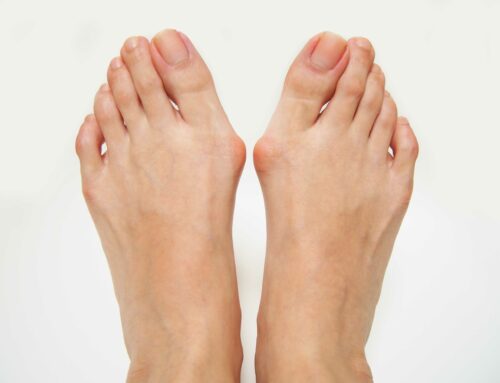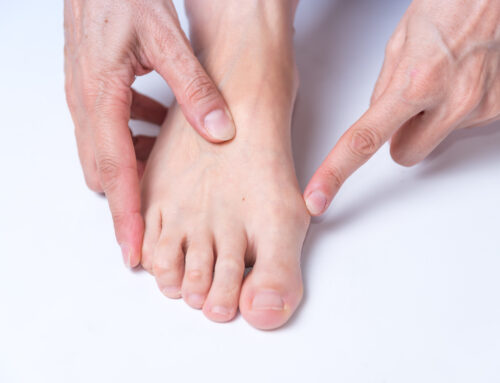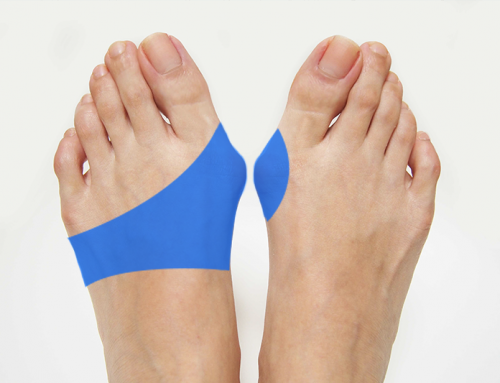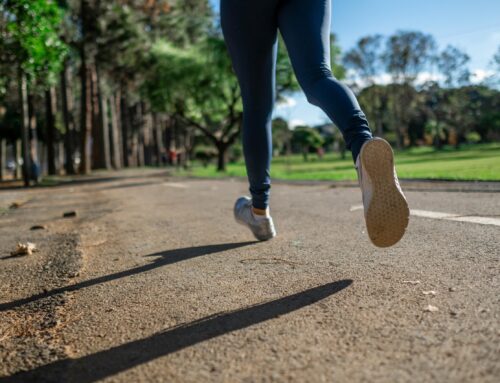Why Celebrities Avoid Bunion Surgery
Whether we like it or not, celebrities have become larger-than-life figures in our society. It’s easy to forget that movie stars and other celebrities are just people like the rest of us, which means yes, there are celebrities with bunions too. After all, celebrities put their shoes on one at a time. And, unfortunately for them, they sometimes have to deal with painful bunions just like the rest of us!
If you have bunions, you know how painful they can be. Foot pain is particularly problematic for people who spend a lot of time on their feet for work. Hard-working folks with bunions often try to deal with them by minimizing the pain, wearing uncomfortable shoes, experimenting with different bunion splints, or simply suffering through the pain, all day, every day.
What’s more, many people may be hesitant to consider bunion surgery because of the costs associated with the procedure.
But what about people who have the time and money? How do they approach their bunion problem? One might think that if nothing were stopping them, they would just go have the surgery done. Not so. In fact, many celebrities avoid bunion surgery as long as possible. Like the rest of us, they sometimes choose to suffer through the pain and debilitation of bunions, instead of opting for surgery.
Why?
A long list of Celebrities with Bunions
Let’s start with the NFL, where a painful foot condition can damage your career and cost you millions of dollars. NFL superstars have access to the most advanced medical procedures and frontline research that mankind has to offer. And yet for a bunion, some still choose to have traditional surgery, which can leave you sidelined for months!
Atlanta Falcons wide receiver Julio Jones is one of the NFL’s most elite receivers. In 2016, he did the smart thing and nipped his bunion in the bud. That’s a courageous decision for someone who relies on his feet to make a living.
But he went through with it and everything went smoothly –– relatively speaking. It still took him almost 6 months to fully recover from the procedure. (Is this really the best solution available for bunions? Not anymore. More on that later.)
Victoria Beckham suffered so intensely from bunion pain that she chose to undergo traditional bunion surgery as well. The British businesswoman, actress, model, singer, and fashion designer is famous for her designer footwear. She recently posted pictures of her post-surgery boot casts and crutches.
Is there a connection between women’s stylish footwear and bunions? Are the movie studios and producers responsible for actress’ bunions because the contract required a certain type of shoe? Possibly. Individuals who wear tight-fitting shoes like high heels are more likely to develop bunions as a result. However, it can be very difficult to determine the specific cause of a bunion.
Even with Brad Pitt and George Clooney as co-stars, the actress Tilda Swinton has bunions, too. After a walk on the red carpet in high-heels, she often comes back down to earth in the comfort of flat, open sandals.
Surely someone as naturally glamorous as Naomi Campbell is immune from the common foot issue? Wrong. This supermodel has bunions and chooses to wear sandals instead of undergoing conventional surgery.
Want more A-Listers who suffer like the rest of us –– even though relief is available? How about Uma Thurman, Katie Holmes, and Oprah Winfrey? The list goes on and on.
We wanted to save the best for last. Let’s look at Royalty.
Yes, even Kate Middleton the Duchess of Cambridge has them. But she’s not alone. The Duchess of Sussex, Meghan Markle has bunions too. These women are royalty, and still, they’re not scheduling traditional bunion surgery any time soon.
Everyone Avoids Bunion Surgery, Right?
Why do people with infinite time, money, and resources at their disposal suffer from painful, unsightly, obvious bunions?
As a celebrity, your appearance has a direct effect on your worth and value to your industry. Surely people’s vanity alone would push them to get rid of their bunions –– not to mention the incentive to get rid of the pain.
So what’s stopping them?
The only logical reason someone would say no to surgery is that the pain and inconvenience of the procedure is greater than the pain of the bunion itself.
When chronic pain, concern for your appearance, and your career are all working together in favor of surgery and you STILL avoid it, that’s got to be one horrible surgery!
Even when traditional bunion surgery is fully accessible to people, they still choose not to seek it out because it is known to be very painful and comes with a six month recovery time; that’s not practical for anyone!
Traditional Bunion Surgery Is Not Pretty
Traditional bunion surgery is known for being difficult. It is painful, and with a six month recovery time, it is extraordinarily inconvenient. Worse, traditional bunion surgery often contributes to serious scarring and soreness after the fact. During a traditional bunion surgery, surgeons expose the bones of the big toe and joint, cut away parts of the different joint bones, and then install plates and screws to hold the big toe in place while the bones re-fuse in the proper position.
The mere invasiveness of the procedure is enough to steer anyone away.
But, this is the modern age, surely it’s not that bad anymore, right? Surely there’s a better way to deal with bunion pain? Spoiler alert: There is!
Minimally Invasive Bunion Surgery
As opposed to traditional bunion surgery, minimally invasive procedures are much more patient-friendly. Minimally invasive bunion surgery is an outpatient procedure that typically only lasts around 2 hours. Best of all, because the surgery involves only a small incision, the recovery time is significantly reduced. So it’s now possible to get long-term relief from bunion pain in a matter of weeks –– instead of months or years.
Contact Us
At Northwest Surgery Center, it’s our mission to help individuals who are currently suffering from foot pain. Thankfully, you don’t have to be a celebrity to afford this innovative treatment. Rather, contact us here for more information or for a free consultation today.
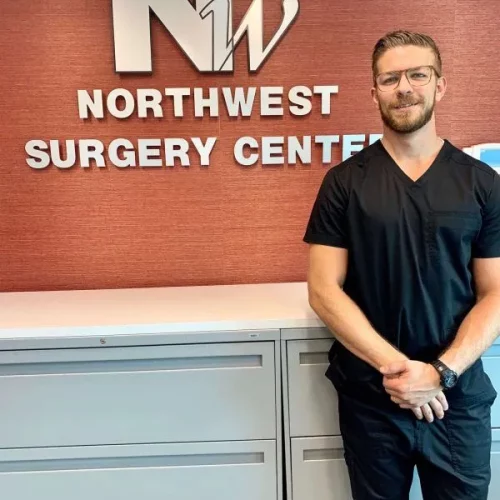
Reviewed By Dr. Sullivan
Dr. Jordan Sullivan, DPM, is a board-certified podiatrist at Northwest Surgery Center specializing in minimally invasive foot and ankle procedures. He’s passionate about helping patients get back on their feet faster with less downtime.
Learn more about Dr. Sullivan here.
